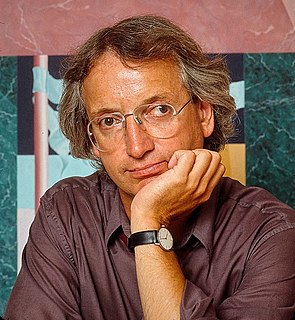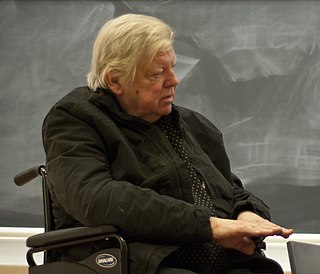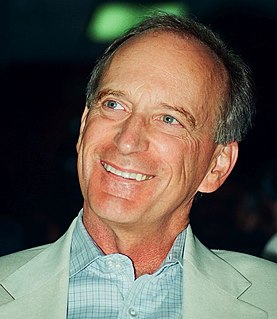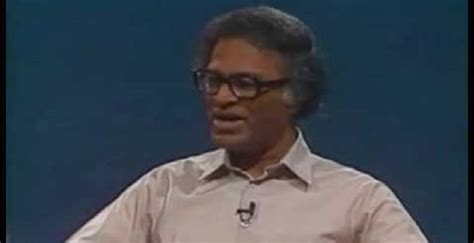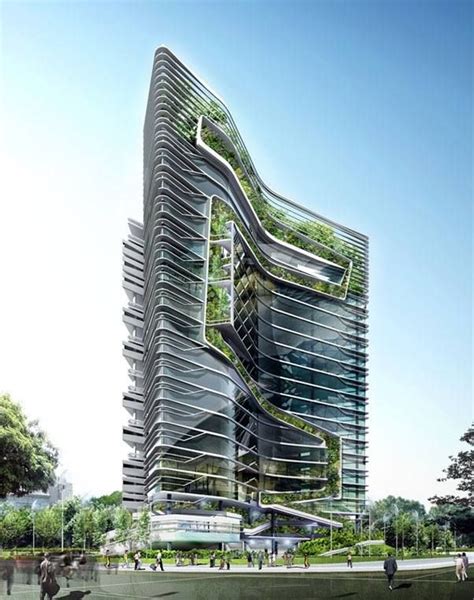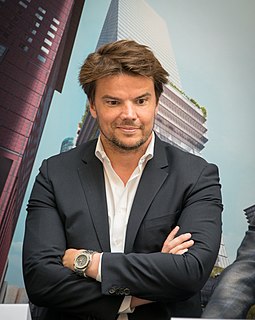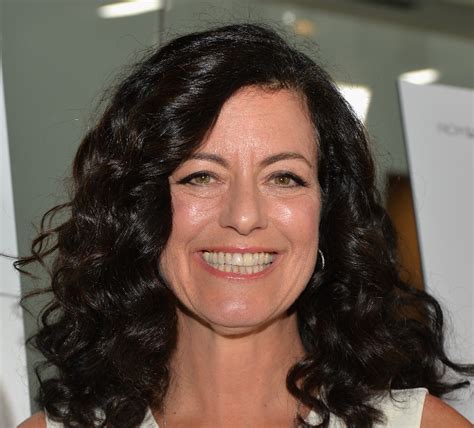A Quote by Glenn Ligon
I graduated from Wesleyan University with a B.A. in art. I was really headed toward an architecture degree, but when I did the requirements for the major, I realized I was more interested in how people live in buildings than in making buildings. I was more interested in the interactions that happened inside the structures.
Related Quotes
I graduated from Wesleyan University with a b.a. in art. I was really headed toward an architecture degree, but when I did the requirements for the major, I realized I was more interested in how people live in buildings than in making buildings. I was more interested in the interactions that happened inside the structures. So I got an art degree as a default position.
I got into architecture because I was searching for a way to produce in the world. I went to art school and thought I would do it through art, but I realized very quickly that I was interested in the social ramifications of form making. So buildings became the vehicle and fulfilled that thing. That satisfied me when I produced them. I decided this is what I wanted to do with the rest of my life.
For my first apartment, when I was first married, I went to the lumberyard and bought stuff and made couches. My then-wife made cushions. I was really very interested in furniture. I was in school for architecture, but I had to live, and making furniture was different from designing buildings, which I couldn't do for myself.
I've always been interested, - if you look back at my work from the beginning, really - I've always been interested in the idea of the artificial landscape. Reforming the landscape. Architecture being a method of reforming the earth's surface. We reshape the earth's surface, from architecture to paving streets, to parking lots and buildings that are really reforming the surface of the earth. Reforming nature, taking over what we find. And we're mushing it around and remaking a new earth - or, what we used to call Terra Nova.
An aggressive building performance standard for all new buildings, and a set of performance requirements to be met by all buildings before they can be sold (when upgrades can be included in the new mortgage). These should encompass heating and cooling, lighting, and plug loads. Coupled with new efficiency standards for appliances, lights, and furnaces, this should reduce the energy consumption of new buildings by 50 percent, more or less immediately, and go on from there.
And increasingly - you know this and so do I we're losing the youth everywhere. They hate us; they are not interested in having more fears and guilt laid on them. They're not interested in more sermons and exhortations. But they are interested in learning about love. How can I be happy? How can I live? How can I taste the marvelous things that the mystics speak of?
I've become really interested in the landscape but not as landscape but more as it relates to mood and how we live and how the outside impacts on the inside. I didn't really look at the outside world during the years I was photographing the Ballad as I was locked inside my house and I lived totally inside.
I used to read more when I was a kid than I do now. It was all sort of fuel for the fire to teach you how to think and how to make things and it informed the architecture that I was doing. It's better coming in with that history and that kind of knowledge and depth of understanding of humanity that is very important for building buildings - for understanding people and how they should live and how you could make your lives better and stuff like that.


